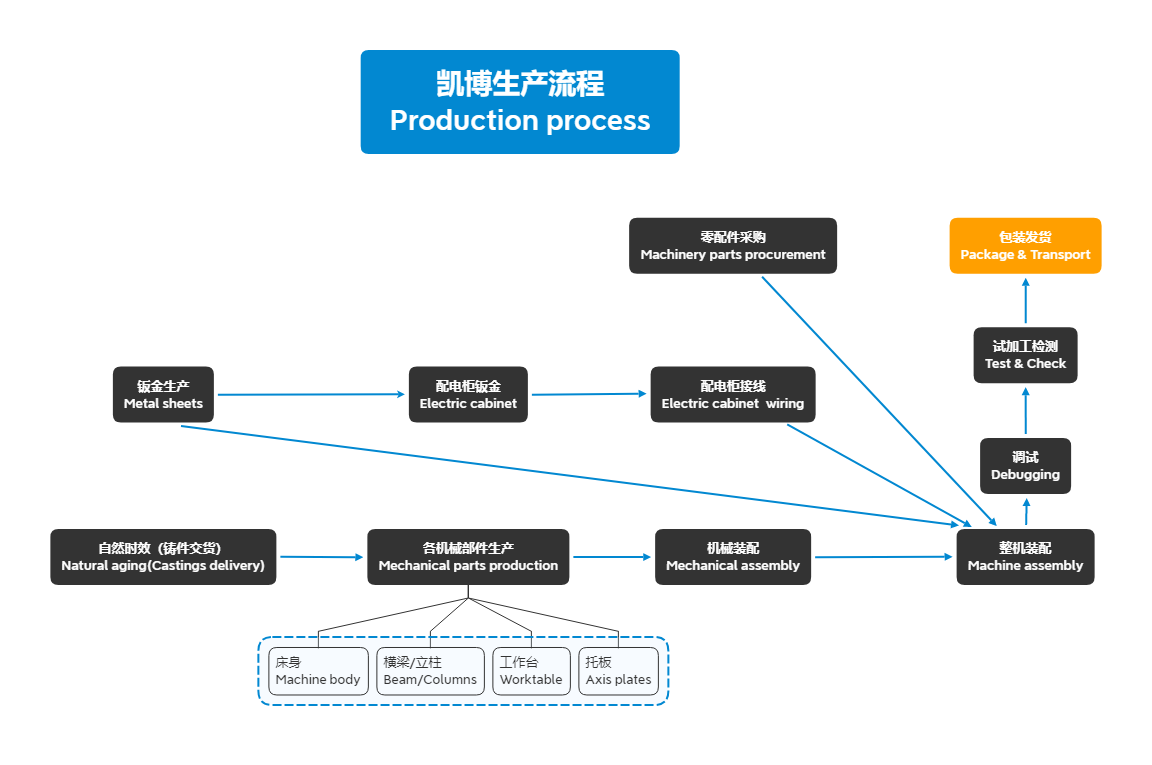
As a manufacturing professional, you're likely aware that five - axis联动 programming is a game - changer in the world of machining complex parts. In this article, we'll dive deep into the core techniques of five - axis programming, focusing on the operation points of mainstream CAM software and how to avoid common errors.
The first step in mastering five - axis programming is to understand its logic. This involves several key steps, such as coordinate system transformation, tool path optimization, interference checking, and simulation verification.
Coordinate system transformation is crucial as it allows you to accurately position the workpiece in the machine's space. For example, when you're working on a complex part, you may need to switch between different coordinate systems to ensure precise machining. Tool path optimization, on the other hand, helps you reduce machining time and improve the quality of the finished product. By carefully planning the tool's movement, you can minimize unnecessary tool changes and reduce the risk of collisions.

Graphite and other non - metallic materials have unique characteristics that can significantly affect the programming process. These materials are prone to thermal deformation and cutting force fluctuations during machining.
To prevent thermal deformation, you can use techniques such as controlling the cutting speed and feed rate. By adjusting these parameters, you can reduce the heat generated during machining and minimize the risk of deformation. Additionally, to deal with cutting force fluctuations, you can optimize the tool geometry and select the appropriate cutting tools. This will help you maintain a stable cutting process and improve the surface finish of the workpiece.
Let's take a look at some typical application cases, such as impellers and mold cavities. These parts require high - precision machining, and five - axis programming can play a vital role in achieving the desired results.
For impellers, the complex shape requires careful planning of the tool path to ensure smooth and accurate machining. By using five - axis programming, you can machine the impeller in one setup, reducing the number of setups and improving the overall efficiency. In the case of mold cavities, five - axis programming allows you to machine the cavity with high precision, ensuring the quality of the final product.
Mainstream CAM software, such as Mastercam, PowerMill, and EdgeCAM, are widely used in five - axis programming. However, each software has its own operation details and common error scenarios.
For example, in Mastercam, a common error is incorrect tool selection, which can lead to poor machining results. To avoid this, you should carefully select the tool based on the material and the machining requirements. In PowerMill, issues with RTCP control can cause problems in the machining process. By understanding the RTCP control principle and following the correct operation steps, you can avoid these errors.
Building a standardized programming process is essential for manufacturing enterprises. It can help you improve efficiency and ensure the consistency of product quality. By following a standardized process, you can reduce the time spent on programming and minimize the risk of errors.
A standardized programming process typically includes steps such as data preparation, programming, simulation, and verification. By establishing clear guidelines for each step, you can ensure that all programmers follow the same process, resulting in more consistent and high - quality programming.
In conclusion, mastering five - axis programming and the operation of mainstream CAM software can significantly enhance your machining capabilities. By following the tips and strategies outlined in this article, you can quickly establish a standardized programming process, improve the success rate of one - time forming of complex parts, and shorten the trial production cycle.
Are you ready to take your five - axis programming skills to the next level? The FH855L RTCP five - axis vertical machining center supports high - precision five - axis programming for stable cutting and is an ideal processing platform for graphite parts. Learn more about this amazing machining center here.
Please leave your questions in the comments below, and we'll do our best to answer them!

